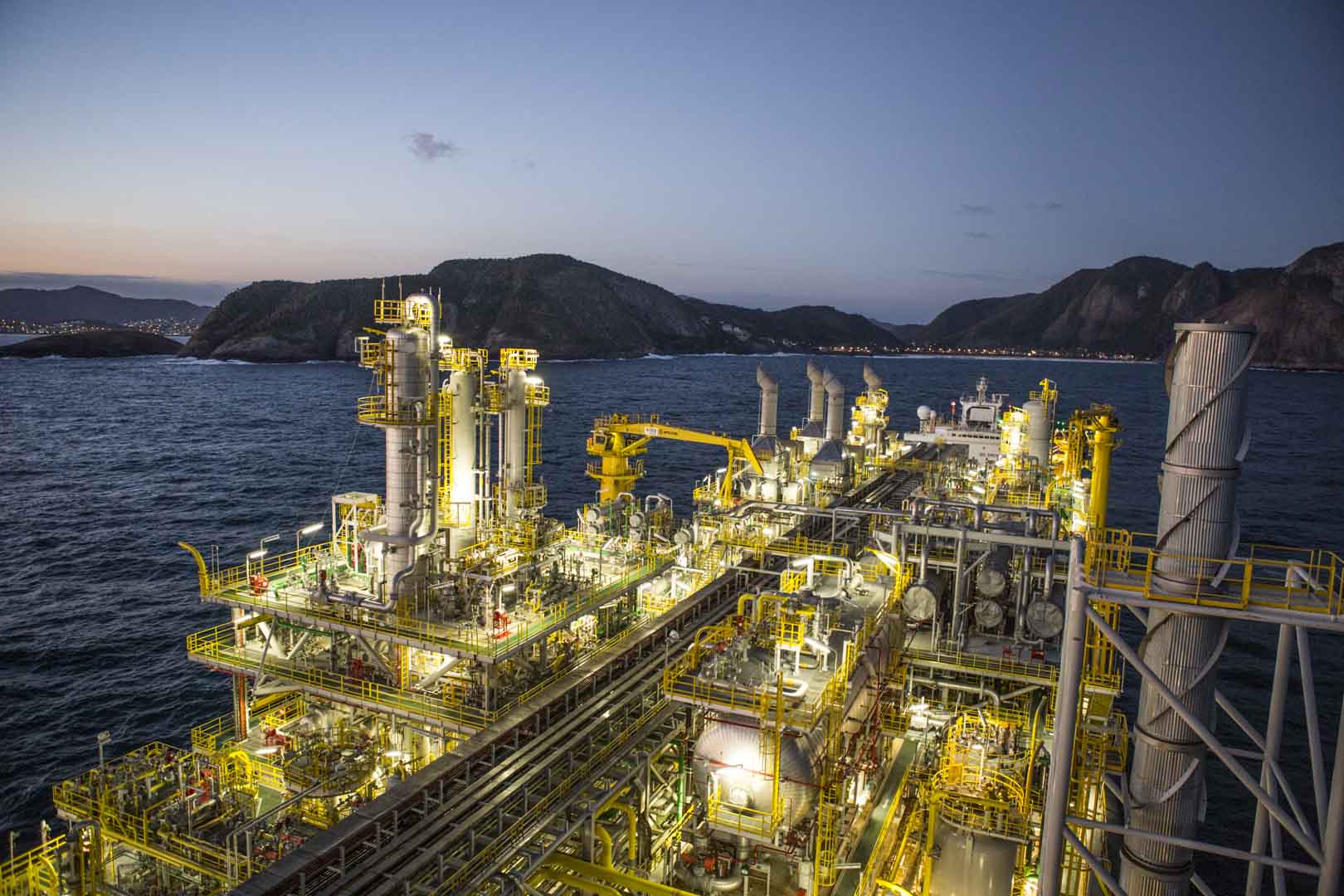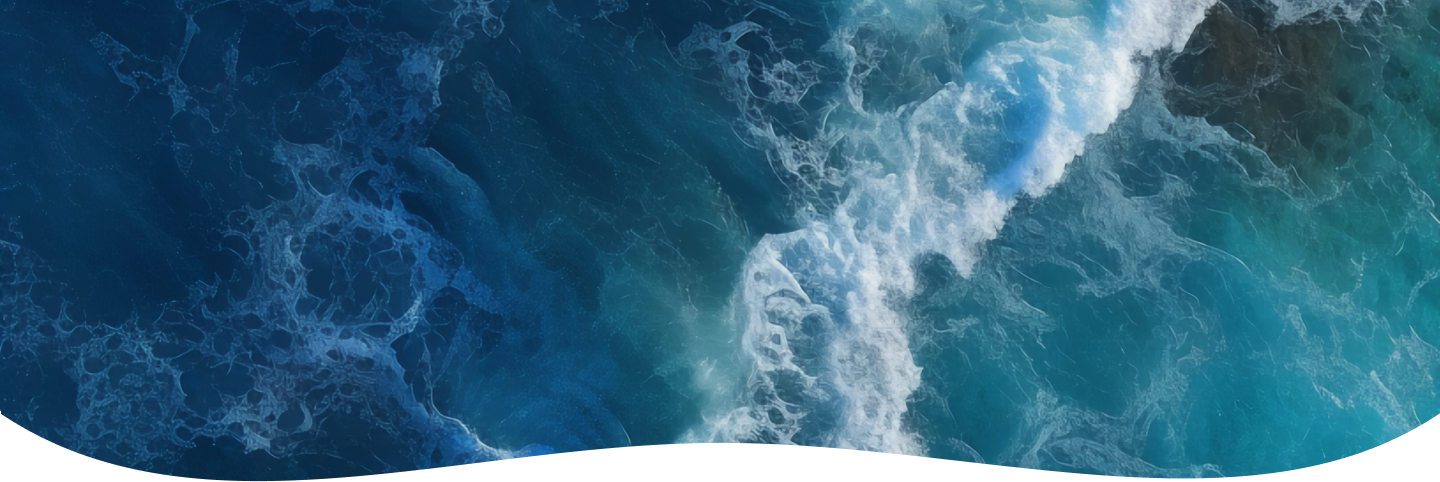Back
News
,Notícias
PRIO finishes the Fénix Project with the start of power generation at FPSO Bravo

In July 2021, PRIO completed the connection, or tieback, between the Polvo and Tubarão Martelo (TBMT) fields in the Campos Basin, one of the most important steps in the company’s revitalization plan for the two assets.
With the success of this stage, the decommissioning process of FPSO Polvo was concluded in January 2022, replaced by the more modern and efficient FPSO Bravo, owned and operated by PRIO itself, integrating the production of both fields and creating the first private hub in the region.
The tieback and decommissioning of the FPSO Polvo reduced the combined operating costs of the two fields by about $50 million per year and the cost of production, or lifting cost, to less than $12 per barrel as a result of the air, sea and land synergies.
In March of this year, the company finalized the last stage of the Fênix Project: the completion of the adaptation of FPSO Bravo and the start of power generation in the Octopus & Tubarão Martelo cluster. Power generation for the two fields in a single FPSO will allow the use of gas from the oil production process, which was previously discarded, supplying 80% of the cluster’s energy demand with significant environmental and financial benefits.
This is the first time that the generation of electric energy necessary for the operation of the fields is no longer done with diesel, but with natural gas. The change has high environmental gain, with the reduction of gas burning in the unit’s flare, and of the diesel that was used in the platforms, besides the reduction of the logistics involved in delivering this fuel.
Together, the fields consumed about 60,000 liters of diesel a day, enough to fill the tanks of 1,100 cars. The reduction in the emission of CO2 (carbon dioxide) is equivalent to planting 980 trees a day, or the same as not using 34,000 cars simultaneously.
The modification of the compression module of FPSO Bravo occurred without the need for production stoppage. The initiative is in line with the company’s environmental and economic objectives, helping in the economics and extension of the useful life of the fields.
Power generation with natural gas in FPSO Bravo has a payback of five months. With it, the Phoenix Project was considered completed. This adaptation was the last stage of the project which, since its implementation, has already provided increased reliability, safety, and operational efficiency, in addition to reduced operating costs, as a result of streamlined operations and air, sea, and land synergies.
“This is the PRIO culture, the relentless search for optimization of resources with safety and sustainability,” comments Roberto Monteiro, CEO of PRIO.
Business Model
The Fenix Project was extensively studied by the technical and executive teams of PRIO in the last few years before its implementation. From conception to execution, the entire project took 11 months and cost an estimated $45 million. The technologies developed for similar projects have been extensively applied by the oil and gas industry in fields in the Gulf of Mexico and the North Sea.
From the environmental point of view, the synergies have reduced the absolute emissions of the pole, contributing to an operation that is increasingly adherent to the growing social demands from the point of view of sustainability.
It is worth noting that, in the context of efficiency and innovation, the 11-kilometer interconnection between Polvo and TBMT is the first tieback connecting two production units executed by a private and independent company in Brazil, reinforcing PRIO’s operational track record and technical excellence in the face of the challenges that this independent industry seeks to solve in the country.
“None of this was by chance. The Tubarão Martelo field was acquired for this purpose, since alone it was not economical. The project is innovative especially from the standpoint of its business model and should be replicated for other assets. The cost reduction of the new pole will allow more oil to be recovered in the reservoirs and over a longer period, extending the economic life of both assets until 2037. It is another 15 years generating jobs and royalties for the states and municipalities involved, in addition to an increase of 40 million barrels to the reserve of the Octopus Field,” adds Monteiro.
The Fenix Project will result in expressive projects and unprecedented opportunities for PRIO. These challenges are intrinsically inserted into the company’s C.R.P. technology, which consists of cost rationalization techniques (C), focus on reservoir management (R), and redevelopment, aiming to increase production (P), and has as its objectives the increase of recoverability and the extension of the economic life of the fields, always considering safety and the environment.
